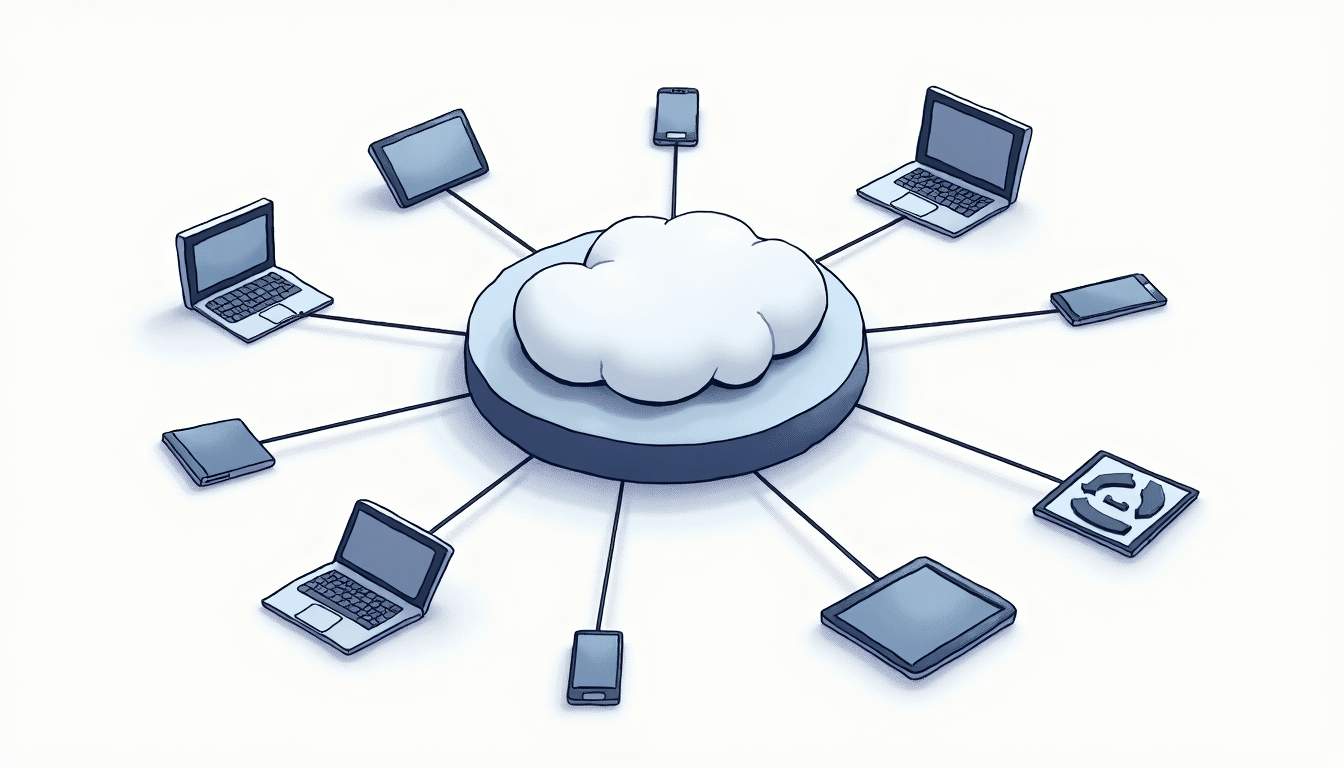In today's fast-paced digital world, businesses are constantly seeking ways to connect with their customers. Multichannel user engagement has emerged as a powerful strategy that not only enhances customer experience but also drives revenue growth. The statistics speak volumes: companies leveraging multichannel marketing see a staggering 9.5% increase in revenue compared to those sticking to a single channel. This isn't just a trend; it's a necessity for survival in a competitive marketplace.
The Importance of Multichannel Marketing
Why is multichannel marketing so crucial? The answer lies in consumer behavior. Today's customers expect seamless interactions across various platforms. They want to engage with brands on their terms, whether through social media, email, or in-store experiences. This shift in expectations has led to a significant increase in the effectiveness of multichannel strategies.
Consumer Expectations Are Rising
Recent research indicates that 77% of businesses acknowledge a rise in consumer expectations for effective digital engagement over the past year. This isn't just a passing phase; it's a clear signal that brands must adapt or risk losing their audience. Consumers are no longer satisfied with a one-size-fits-all approach. They prefer brands that engage across multiple channels, with 72% of consumers expressing this preference.
Retention Rates and Customer Loyalty
Engaging customers through multiple channels isn't just about attracting new business; it's also about retaining existing customers. Companies with a robust omnichannel presence retain an impressive 89% of their customers. This statistic highlights the importance of creating a cohesive experience that keeps customers coming back for more. When customers feel valued and understood, they are more likely to remain loyal to a brand.
Boosting Engagement Through Multichannel Strategies
Implementing a multichannel marketing strategy can significantly enhance customer engagement. In fact, 77% of marketers report that their multichannel efforts have increased engagement levels. But how can businesses effectively harness this potential?

Understanding Your Audience
First and foremost, understanding your audience is key. What channels do they prefer? What type of content resonates with them? By analyzing customer data and behavior, businesses can tailor their marketing efforts to meet the specific needs of their audience. This personalized approach not only boosts engagement but also fosters a deeper connection between the brand and its customers.
Leveraging Social Media
Social media plays a pivotal role in multichannel marketing. A staggering 77% of brands incorporate social media into their multichannel strategies. Platforms like Facebook, Instagram, and Twitter allow businesses to engage with customers in real-time, providing a space for dialogue and interaction. This immediacy can enhance customer satisfaction and loyalty, as consumers appreciate brands that are responsive and accessible.
Measuring Success in Multichannel Engagement
As with any marketing strategy, measuring success is essential. Companies implementing multichannel marketing see a conversion uplift of 3-4 times compared to single-channel campaigns. This remarkable statistic underscores the effectiveness of engaging customers through various touchpoints.

Key Performance Indicators (KPIs)
To gauge the success of multichannel efforts, businesses should focus on key performance indicators (KPIs) such as customer retention rates, engagement levels, and conversion rates. Tracking these metrics can provide valuable insights into what’s working and what needs adjustment. For instance, if a particular channel is underperforming, it may be time to reassess the strategy or invest more resources into it.
Customer Feedback and Adaptation
Another critical aspect of measuring success is gathering customer feedback. Engaging with customers through surveys or direct communication can provide insights into their experiences and preferences. This feedback loop allows businesses to adapt their strategies in real-time, ensuring they remain aligned with customer expectations.
The Future of Multichannel User Engagement
As we look ahead, the landscape of multichannel user engagement will continue to evolve. With advancements in technology and shifts in consumer behavior, businesses must remain agile and responsive. The future will likely see an even greater emphasis on personalization and seamless integration across channels.
Embracing New Technologies
Emerging technologies such as artificial intelligence and machine learning will play a significant role in shaping multichannel strategies. These tools can help businesses analyze vast amounts of data, enabling them to predict customer behavior and tailor their marketing efforts accordingly. The ability to deliver personalized experiences at scale will be a game-changer for brands looking to enhance engagement.
Staying Ahead of the Curve
To stay ahead of the curve, businesses must continuously innovate and adapt their multichannel strategies. This means not only keeping up with the latest trends but also anticipating future changes in consumer behavior. By fostering a culture of experimentation and learning, brands can position themselves for long-term success in the ever-changing digital landscape.
Conclusion
In summary, multichannel user engagement is no longer optional; it's essential for businesses aiming to thrive in today's competitive environment. With a focus on understanding customer preferences, leveraging social media, and measuring success through KPIs, brands can create meaningful connections with their audience. As consumer expectations continue to rise, those who embrace multichannel strategies will not only enhance customer satisfaction but also drive revenue growth and loyalty. The future is bright for businesses willing to invest in multichannel engagement.

